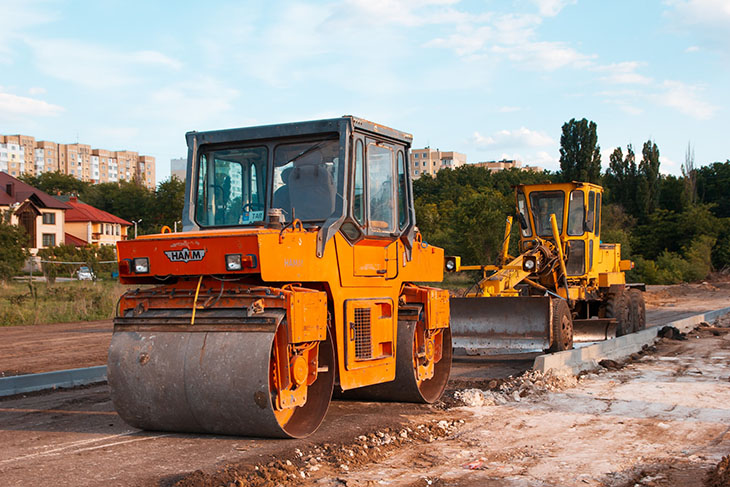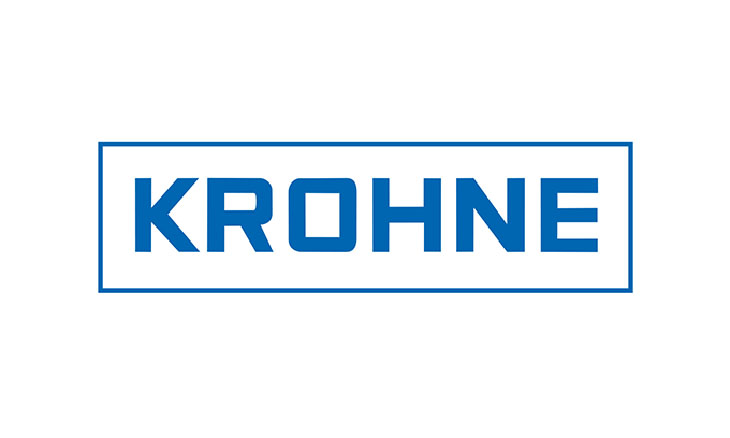Equipment costs are among the largest regular expenses construction firms face. Consequently, firms must do all they can to protect these investments, regardless of whether they rent or own various pieces of equipment. How you approach construction equipment management can make a considerable difference in your operating margins and ongoing success.
While most firms understand the importance of fleet management, many fall short in these practices. It’s easy to make mistakes when handling issues this complex, but these errors can be costly. With that in mind, here are five of the best ways to improve construction equipment fleet management.
Embrace Technology
The construction industry has historically been slow to adopt new tech, spending 80% less of its revenue on information technology than other sectors. However, digital leaders outperform competitors on virtually every front. If you want to make the most of your equipment management, you need to use the tech available to you.
Digital, data-centric technologies are among the most helpful. Internet of things (IoT) sensors offer real-time data on machine locations and health, and cloud data platforms can provide a single point of access for all relevant information. Robotic process automation (RPA) can then automate data entry and reporting tasks to enable greater efficiency and transparency.
Digital transformation makes it easier to keep track of all relevant data points and offers more insight and control over your equipment. Capitalizing on these tools is essential to making the most of every other best practice in fleet management.
Prioritize Maintenance
Maintenance is another crucial component of fleet management. While construction machinery is built to last, you should still adopt a proactive approach to maintenance for every piece of equipment.
Taking a single vehicle offline can cost $750 per machine per day from lost productivity alone. You can minimize these disruptions and costs by keeping up-to-date records on all equipment conditions and avoiding run-to-failure approaches. The best alternative method to adopt is predictive maintenance.
Predictive maintenance uses IoT devices to track machine health data. These systems then alert you when something will need repair soon, letting you address the issue before it becomes a larger and more disruptive problem. Since this practice only schedules maintenance for equipment that needs it, it’s more cost-effective than conventional preventive maintenance, too.
Monitor Equipment Utilization and Costs
Another key data point to track for every piece of equipment is its utilization ratio. Keep records of how often teams use various machines and how long equipment sits in storage between uses. Comparing this data to ongoing equipment costs like storage and maintenance will reveal whether you’re over- or under-utilizing any machines.
If some machines see such frequent usage that they rarely have time in storage and have rising maintenance costs, they’re likely over-utilized. You may want to purchase or rent an additional machine in this case. In contrast, those with storage times and costs beyond the value they bring to the worksite may be under-utilized and thus unnecessary. You may want to sell these.
Stay Organized
Many construction equipment management best practices hinge on organization. If your equipment, its storage, and any related records aren’t organized well, it’ll be difficult to manage daily tasks effectively.
Improving physical organization is the first step. Equipment will last longer then stored properly, so keep it in safe, non-cramped, and covered areas when not in use. Standardizing where you keep them will also help you keep track of them and signal when anything’s out of place.
Digital organization is also impo rtant. Standardize all equipment-related processes and use one platform to store all of the data from these records to improve visibility. Cloud data management solutions can help keep this information organized and in one place for easier access.
Use Anti-Theft Measures
Another aspect of construction equipment management that can go overlooked is theft prevention. Construction equipment theft is a larger problem than many people realize, costing as much as $1 billion annually. Since companies recover less than a quarter of these stolen assets, preventing theft in the first place is essential.
Keeping all equipment in a locked area and installing cameras is a critical first step. You can also go a step further by using IoT tracking beacons for high-value machines. Standardized sign-out procedures can help, too, by creating a record of who last had access to various pieces of equipment.
Record data like serial numbers and last-known locations in a cloud database. These records will help track down any machines if they do get stolen.
These Steps Optimize Construction Equipment Management
Construction equipment fleet management is complex and covers multiple factors. This complexity makes it easy to fall short, but with the right approach and resources, you can manage a fleet of any size with minimal difficulty.
These five steps aren’t the only practices to improve fleet management, but they’re some of the most important. Embracing these best practices will maximize visibility and security, giving you more insight and control over your equipment. You can then make the most of these considerable investments.






















